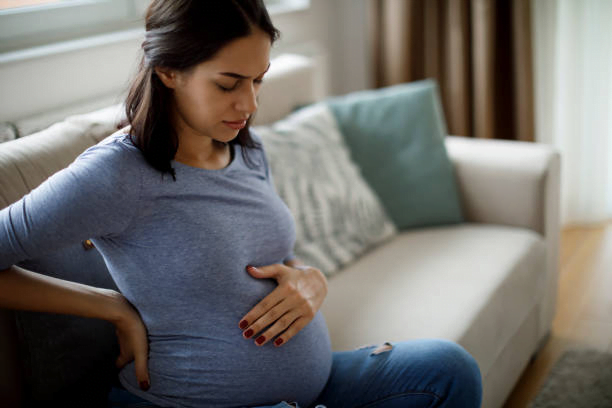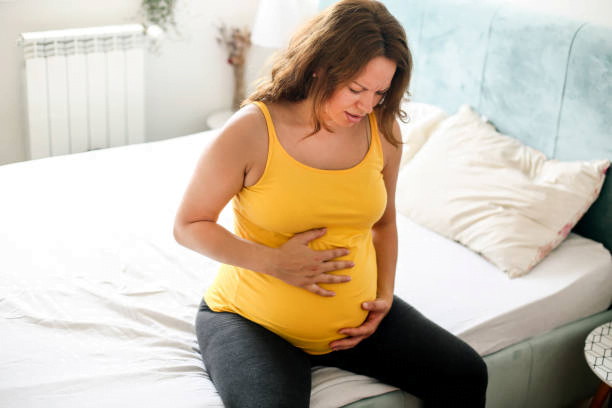
Pain in the bottom of the belly or in the lower belly during pregnancy is common, especially from the 2nd trimester, and is usually due to the compression of the abdomen’s internal structures caused by the increase in the volume of the uterus and the stretching of the ligaments pelvic.
It is important to note if there are other signs and symptoms associated with this pain, such as bleeding, loss of fluid through the vagina, or fever, for example.
Most common causes of pain in the belly during pregnancy
Increase in uterus size

The uterus is the size of a closed hand and, with the development of pregnancy and hormonal changes, it increases in size, which can cause pain in the belly, colic, or discomfort, especially from the 1st to the 3rd month of pregnancy.
From 4 to 6 months of gestation (2nd trimester), the belly’s pain is due mainly to the loosening of muscles and the displacement of the body’s internal organs to accommodate the developing baby.
ALSO READ: Can you go on a keto diet while pregnant?
In these cases, no treatment is indicated, as these changes are considered normal and correspond to the adaptation of the woman’s body to pregnancy, requiring only routine prenatal care.
Contractions

In the second trimester of pregnancy (4 to 6 months), pain in the bottom of the belly can also happen due to so-called training contractions (Braxton Hicks contractions).
These contractions are light, spaced, do not last more than 60 seconds, and disappear spontaneously.
You need to be aware of the pain in the bottom of your belly that looks like strong menstrual cramps, especially if they become intense and frequent. In this situation, see your obstetrician to assess the development of your pregnancy.
Ectopic pregnancy

An ectopic pregnancy can cause belly pain. However, in this case, the pain can be severe and is accompanied by vaginal bleeding and menstrual delay.
Ectopic pregnancy is characterized by the implantation of the embryo outside the uterus, the uterine tubes being the most frequent site of this type of pregnancy.
This type of pregnancy fails to evolve and poses a risk to the mother. Therefore, when ectopic pregnancies are suspected, you must seek a hospital emergency service as soon as possible.
Miscarriage

In the case of spontaneous abortion, pain in the bottom of the belly occurs immediately during the first three months of pregnancy.
In addition to the severe pain in the bottom of the belly, the woman may experience chills, fever, headache, bleeding, and loss of fluid through the vagina.
If you notice these symptoms, seek a medical emergency quickly, so that you and your baby are evaluated, and proper treatment is carried out.
When should I worry?

Some symptoms indicate that something serious may be happening to you or your baby, regardless of pregnancy time. You should be aware of the following signs:
- Severe pain in the bottom of the belly or other areas of the abdomen,
- Fever,
- Chills,
- Headache,
- Mild vaginal bleeding that lasts for more than 3 days,
- Intense vaginal bleeding,
- Loss of fluid through the vagina.
In the presence of any of these warning signs or symptoms, seek a hospital emergency to detect its cause, assess your and your baby’s health, and make the most effective and safe treatment.
A clinical examination should be performed to assess other possible causes for abdominal pain, such as constipation, gas formation, worms, urinary tract stones, or urinary tract infection.
The obstetrician, general practitioner, or family doctor should be consulted whenever there are doubts about pregnancy.
